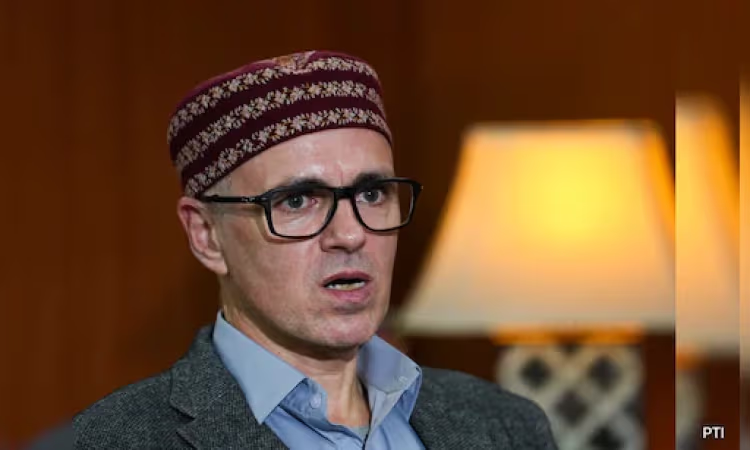Stock markets close flat; Eternal jumps nearly 11%
IMD issues orange alert forecasting heavy rains in parts of Konkan, ghat areas
‘Avatar: Fire and Ash’ unveils first look of new villain – the leader of Ash clan
Doctors remove 30 fibroids from Indore woman’s uterus
AI and other future technologies will be necessary — but not sufficient — for enacting the UN’s Pact for the Future
‘Culture, life and football’: Ed Sheeran on his favourite Indian city
Pumped up with poison: new research shows many anabolic steroids contain toxic metals
Vitla: Newly-wed man killed in Alto–tipper collision

















